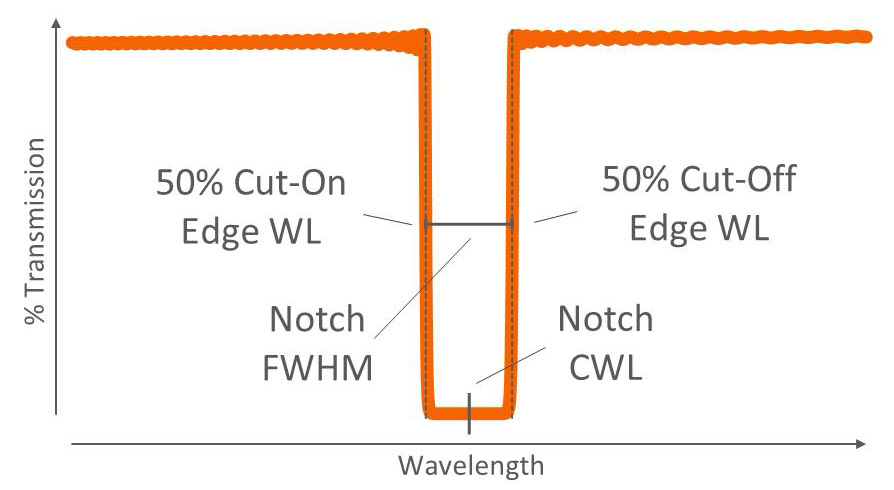
Long wavelengths correspond to waves which comprise a lot of atoms in each period.

The material is definitely not continuous, but made of a finite number of atoms. It arises from the approximations made in the continuous theory. To answer this, we must understand how this cutoff appears. Why do we have to draw that line between acoustic and independent thermal vibration? Are thermal vibrations too not capable of contributing to the heat capacity of the solid? The temperature where the collective or acoustic vibration shifts to an independent thermal vibration is the Debye temperature.Īnd Debye temperature is directly proportional to the Debye cutoff frequency. I looked around more and found this paper. Of course, it makes physical sense that such modes should be absent Question 3Īgain, why? Why does it make physical sense?

It follows that the cut-off of normal modes whose frequencies exceed the Debye frequency is equivalent to a cut-off of normal modes whose wavelengths are less than the interatomic spacing. The wavelength corresponding to the Debye frequency is $2\pi\,c_s/\omega_D$ ($c_s$ is the speed of sound in solid), which is clearly on the order of the interatomic spacing $a\sim (V/N)^$. The Debye frequency depends only on the sound velocity in the solid and the number of atoms per unit volume. Theoretically, why cant we have "too many modes" other than the fact that experimental evidence says otherwise? May be this is a naive question but I still need the intuition for the CUTOFF Debye decided to invoke. It follows that we must cut off the density of states above some critical frequency, $\omega_D$ say, otherwise we will have too many modes Question 2 We know that there are only $3\,N$ independent normal modes. Suppose that we are dealing with a solid consisting of $N$ atoms. The Debye approach consists in approximating the actual density of normal modes $\sigma(\omega)$ by the density in a continuous medium $\sigma_c(\omega)$, not only at low frequencies (long wavelengths) where these should be nearly the same, but also at higher frequencies where they may differ substantially. Why should the vibrations care if the solid is discrete or continuous? Why do phonons need neighbouring atoms to be closer than the wavelength of their vibrational frequency? I dont understand why only long wavelengths matter. It is plausible that these modes are not particularly sensitive to the discrete nature of the solid: i.e., the fact that it is made up of atoms rather than being continuous.


This approach is reasonable because the only modes which really matter at low temperatures are the long wavelength modes: i.e., those whose wavelengths greatly exceed the interatomic spacing. The molar heat capacity does not decrease with temperature as rapidly as suggested by Einstein's model because these long wavelength modes are able to make a significant contribution to the heat capacity even at very low temperatures. Long wavelength modes have lower frequencies than short wavelength modes, so the former are much harder to freeze out than the latter (because the spacing between quantum energy levels, $\hbar \,\omega$, is smaller in the former case). Dulong and Petit came up with $C_v$ = $3R$ using classical equipartion theorem, which Einstein modified (because it could not hold up for objects other than metals) by using Planck's quantization and assumed that all the atoms in a solid vibrated with the same $\omega$ which made it act like $3N$ independent harmonic oscillators.and it gave the (incorrect) result that the heat capacity tends to $0$ as temperature tends to $0$ K.


 0 kommentar(er)
0 kommentar(er)
